I’ve had this Zeiss Ikon Contina III for about 8 years and used it just once. I put a roll of expired colour film through it shortly after acquiring it, had it developed and, after being pleased with the sharpness of some of the images, forgot about it. I picked up the Contina again the other day. It’s pretty heavy and was reminded what a solid piece of German engineering it is.
Zeiss Ikon, based in Stuttgart, developed a range of well-made consumer cameras during the 1950s which followed a rangefinder style in appearance. This later Zeiss Ikon Contina III model with a Pantar 45mm f/2.8 leaf shutter lens was manufactured towards the end of that decade. It has a simple viewfinder with an uncoupled selenium exposure meter. You could detach the front element and replace with 30mm f/4 or 75mm f/4 lenses, but what’s described in the manual as the ‘locking pawl’ located at the bottom of the lens to enable the switch appears to be missing on my example. There was even a ‘Steritar-D’ lens for stereo photos.
The Zeiss Ikon Contina III uses the ‘light-value’ also known as the ‘exposure value’ system. The selenium exposure meter at the front is covered by a metal panel when not in use and flips up when needed. I think this arrangement is the reason why the one on mine still works perfectly after 60 years.
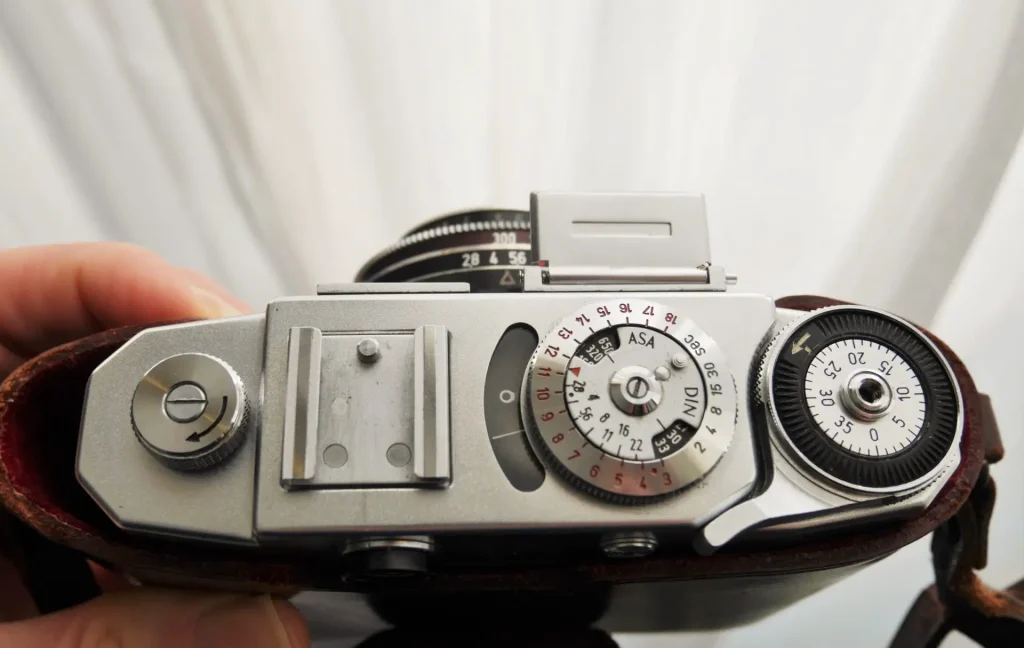
After setting the ASA/DIN film speed on the top dial of the Zeiss Ikon Contina III and opening up the meter, the needle comes to life. The dial is turned to match the needle to a round moveable marker and this aligns with one of the appropriate exposure value numbers which are shown in red. You transfer the reading to the lens using the rear setting ring which is turned so the exposure value figure is opposite a red triangle. The shutter speed and aperture rings are normally coupled together and, once set, you turn the lens to change the speed and the appropriately related aperture adjusts with it. The speed settings go from B up to 1/300th and aperture from f/2.8 -f/22.
You can ignore this guidance system and change either the speed or aperture separately by pressing a knob on the side of the lens which decouples them. Sounds a bit complicated and it takes a bit of use to master but I can vouch for the fact this exposure value system does work.
As it was over six years ago I used the Zeiss Ikon Contina III I wasn’t sure if I could find the CD returned to me by the lab with the scanned images, but I still have it. I know that it was an expired film but can’t remember either the brand or the speed. It could be Fujifilm Superia 400 or maybe Kodak Gold, but your guess is as good as mine. These images were shot in Bexhill-on-Sea, East Sussex.

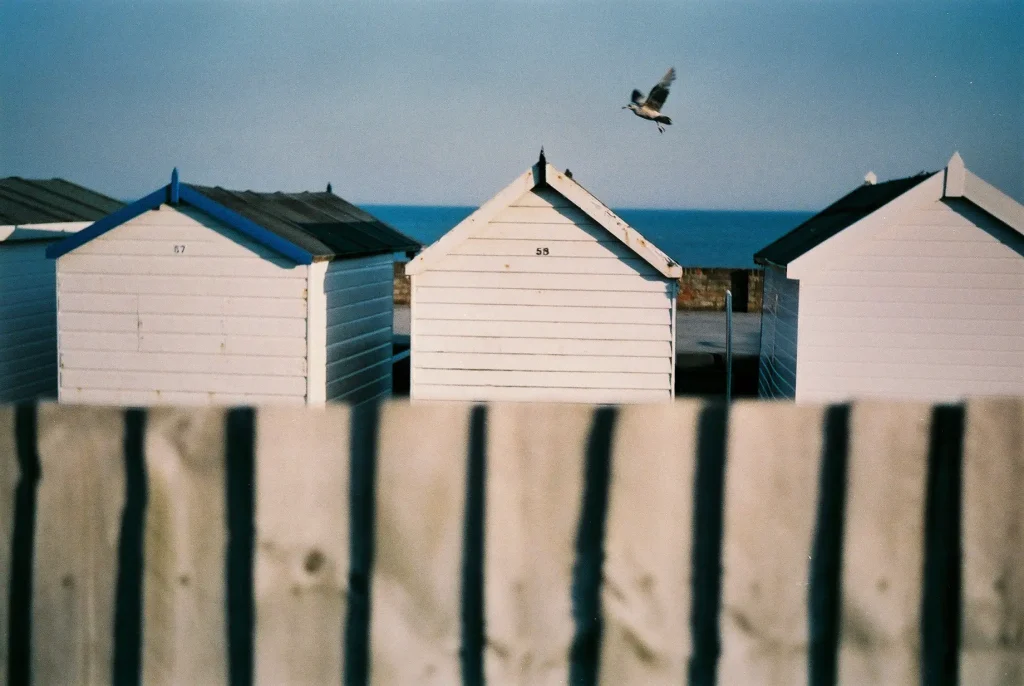
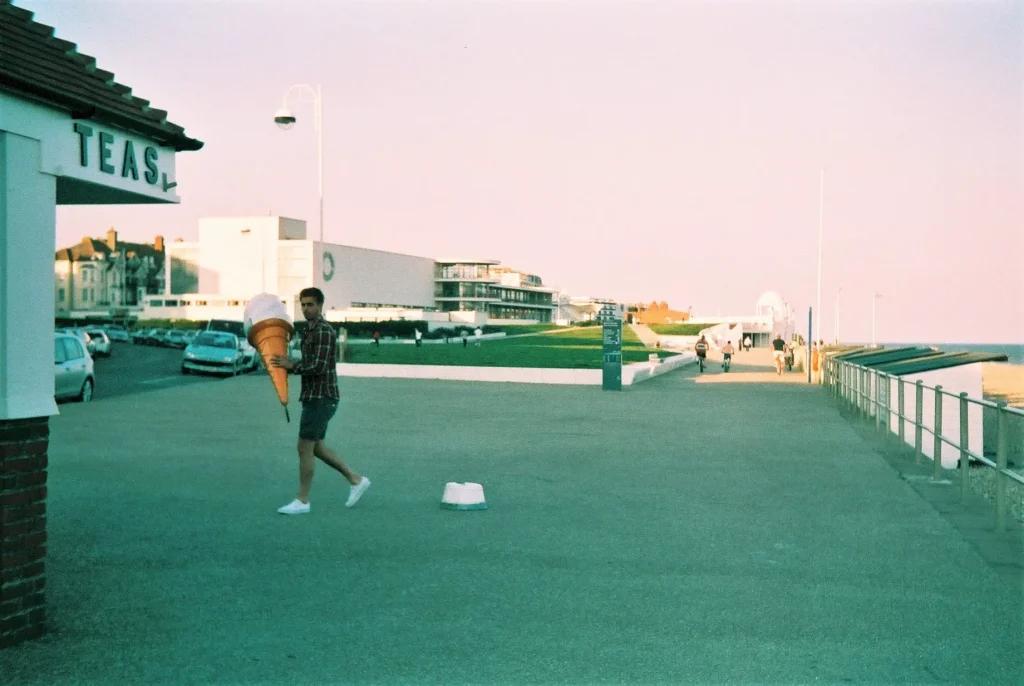
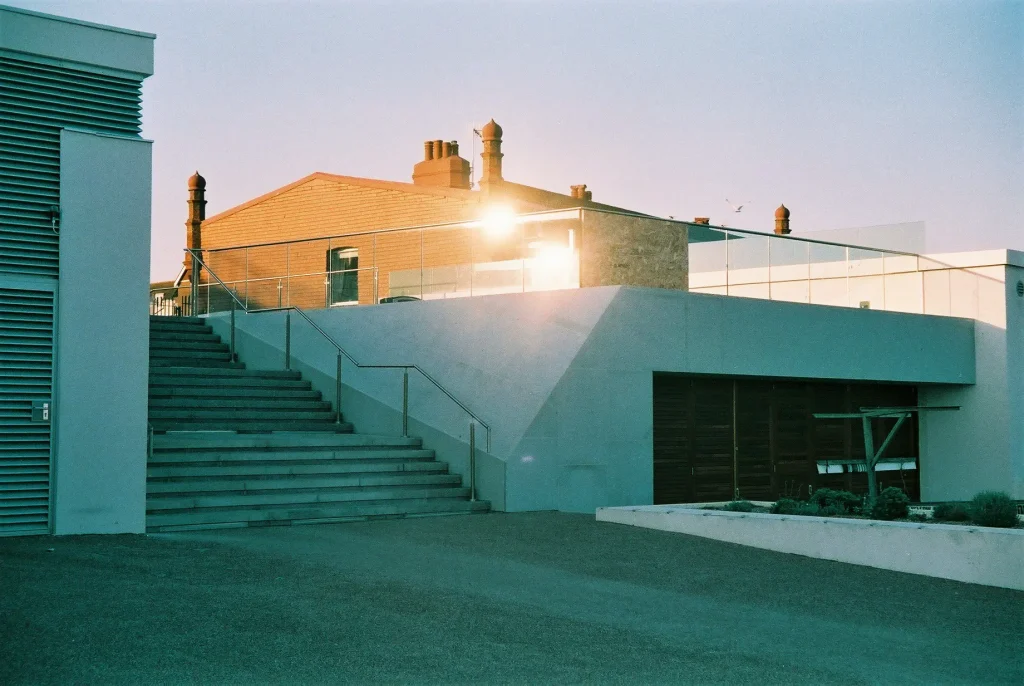
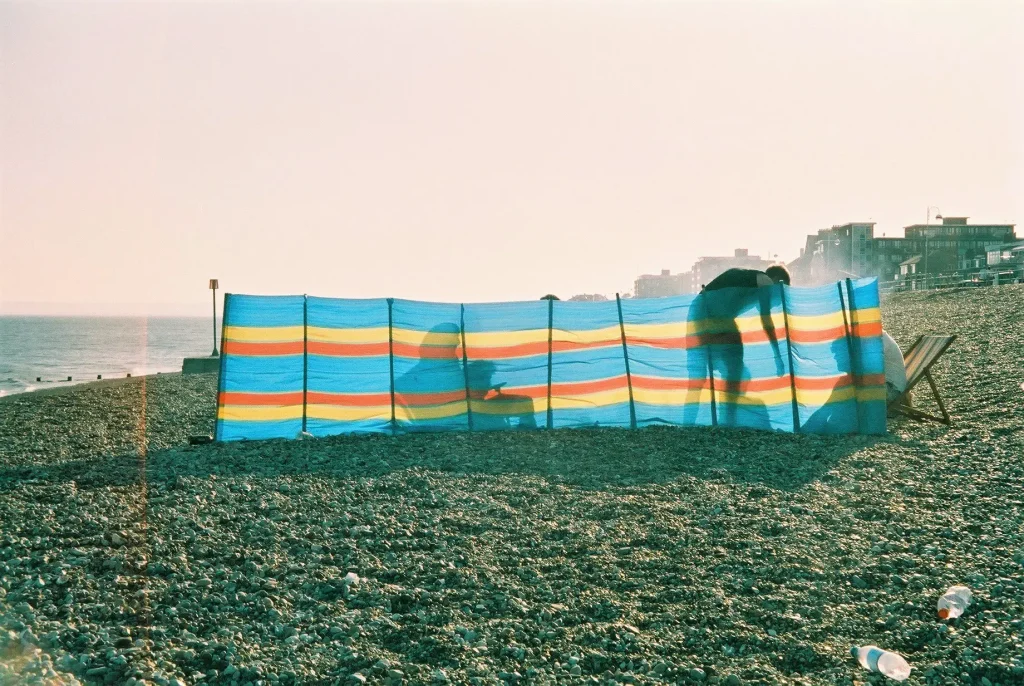
Find the rest of the content I’ve written for 35mmc here
Share this post:
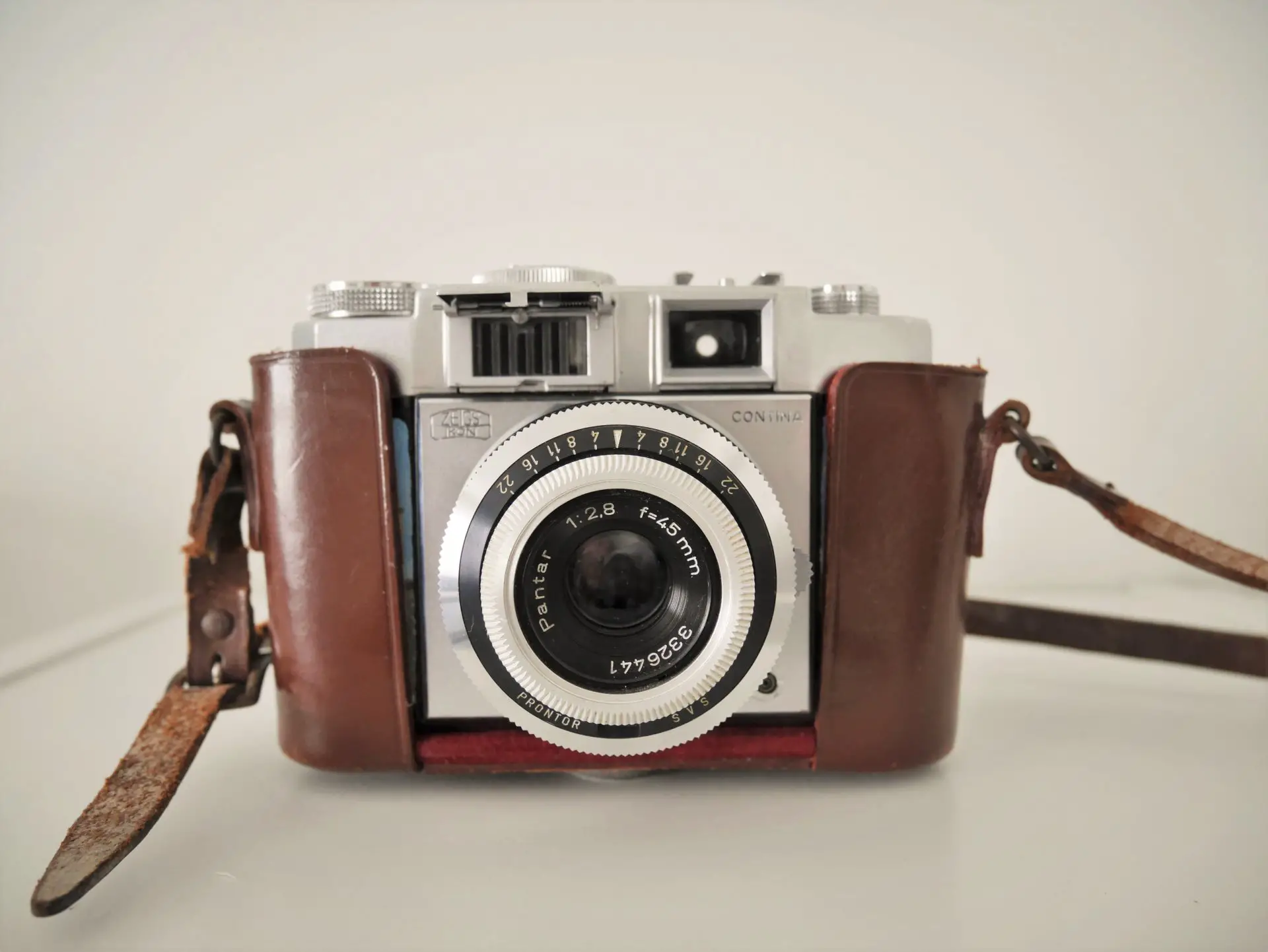








Comments
Harry Machold on Zeiss Ikon Contina III – One Roll Mini Review – by Charles Higham
Comment posted: 15/12/2019
thank you for this review here. I like the colours of your pictures here very much. This was my first camera, at the age of 12...; my parents first camera before.
Yours seems to be a Contina-Matic II; the front lens without the possibility to be exchanged for the 30 and 75mm lens. There were a gallery of finder´s and range finders around; the lack of a build-in range finder was a tragedy; the 75mm lens could have hardly been used without one. But still a lovely little system camera of sort.
Later I got a Contaflex Prima, using the same lens system.
Now as a SLR, the additional lenses could be used with great success of course.The Pantar lens system has been made by Rodenstock for Zeiss Ikon.
There was a later version of the Contina Matic II and III, with frame lines for the 45 and 75mm lens (Model III) though not parallax corrected.
Thank you again for bringing back these memories here tonight.I will use mine over Christmas, with an expired roll of film as well.
Best regards
Harry
(I am working as a Vintage Camera Expert for Leica Camera Classics in Vienna, Austria)
Comment posted: 15/12/2019